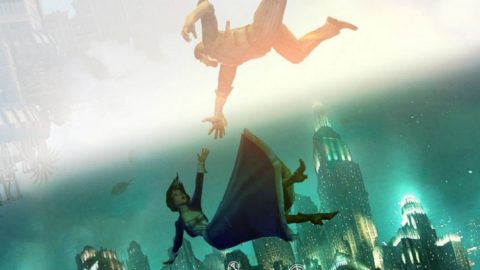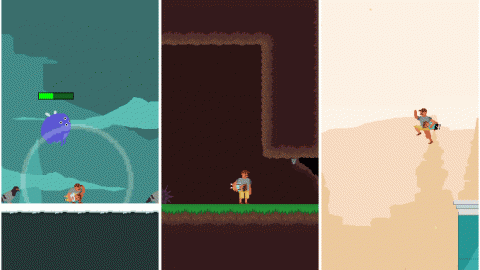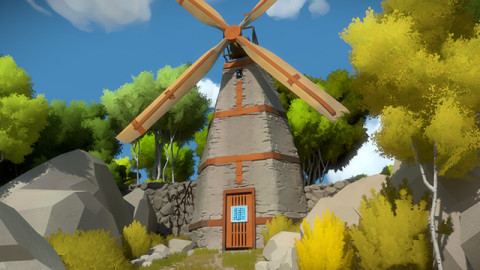
The cycles of violence in BioShock: The Collection
Between 2007 and 2014, Irrational Studios and 2K Games told a story. This single story had five acts: BioShock (2007), BioShock 2 (early 2010), Minerva’s Den (late 2010), BioShock Infinite (2013), and Burial at Sea (2013-2014). Since episodic presentation encourages isolated judgment, it wasn’t always easy to see the unity of these fragments as they were marketed and released. But the legacy of the BioShock series is marked by rigid and often irrational schisms: between expectations and reality, themes and mechanics, rabid fans and equally rabid detractors. Now that 2K has kindly assembled all these narrative segments in BioShock: The…







